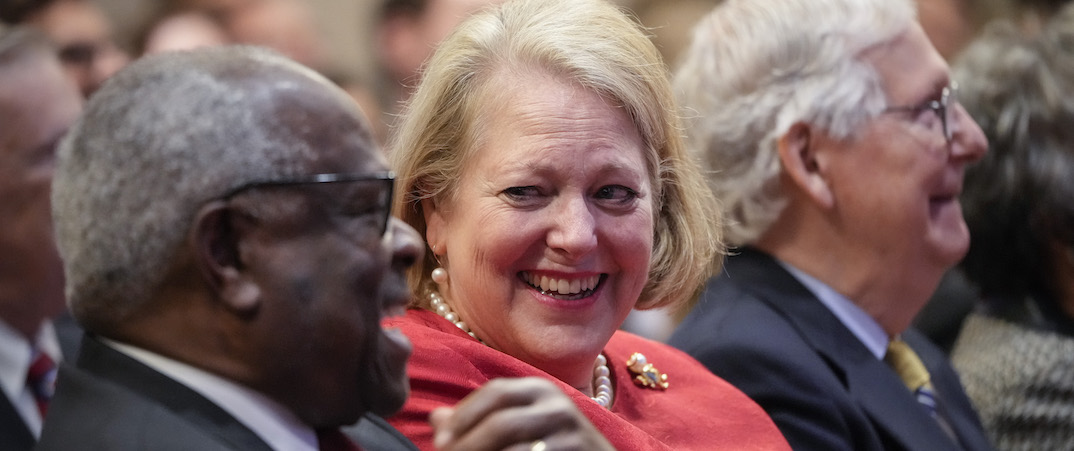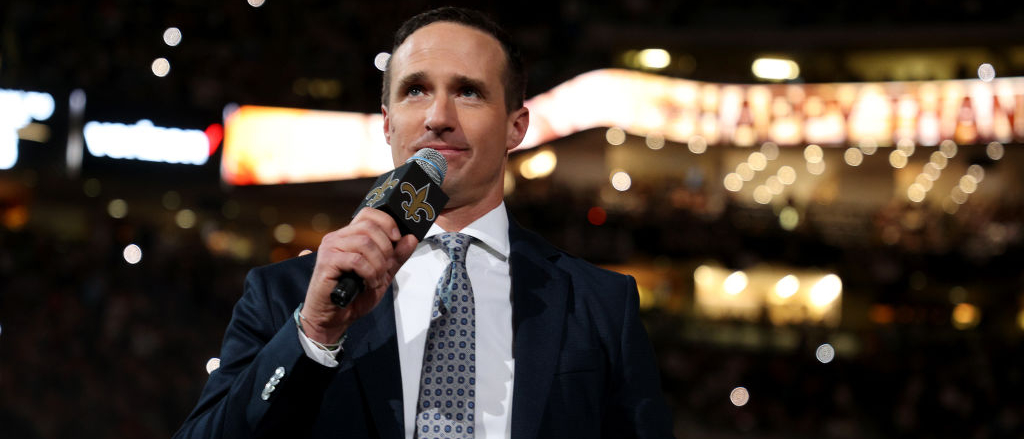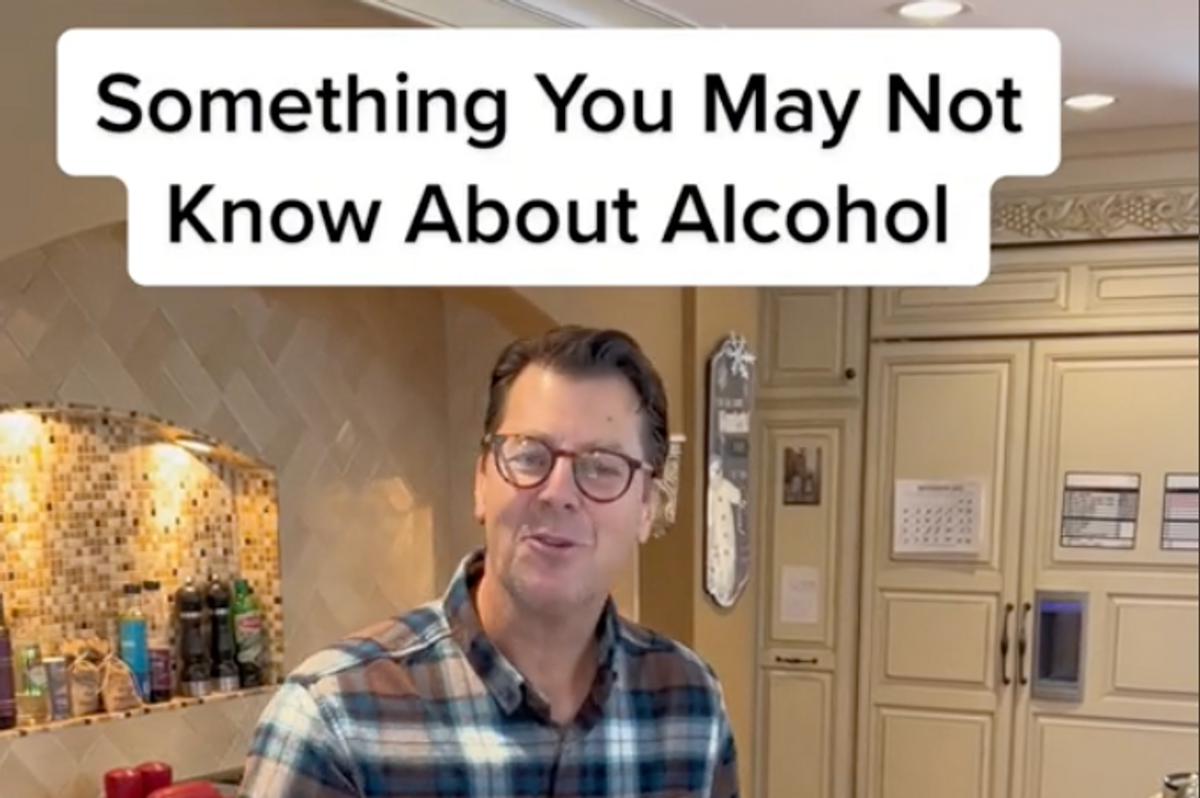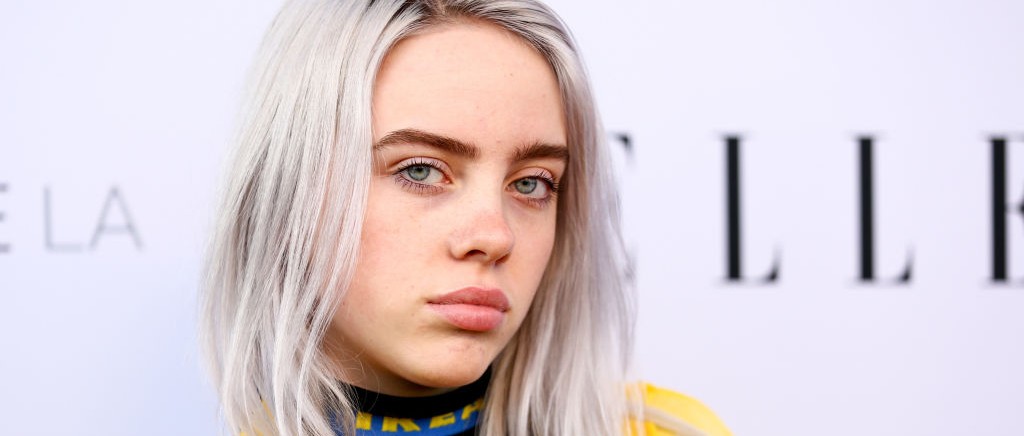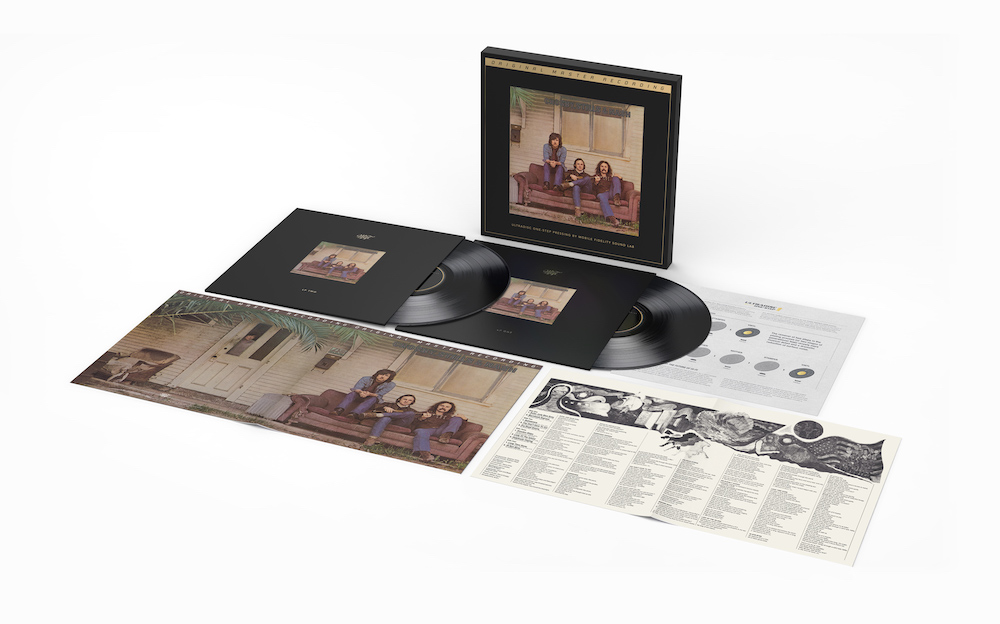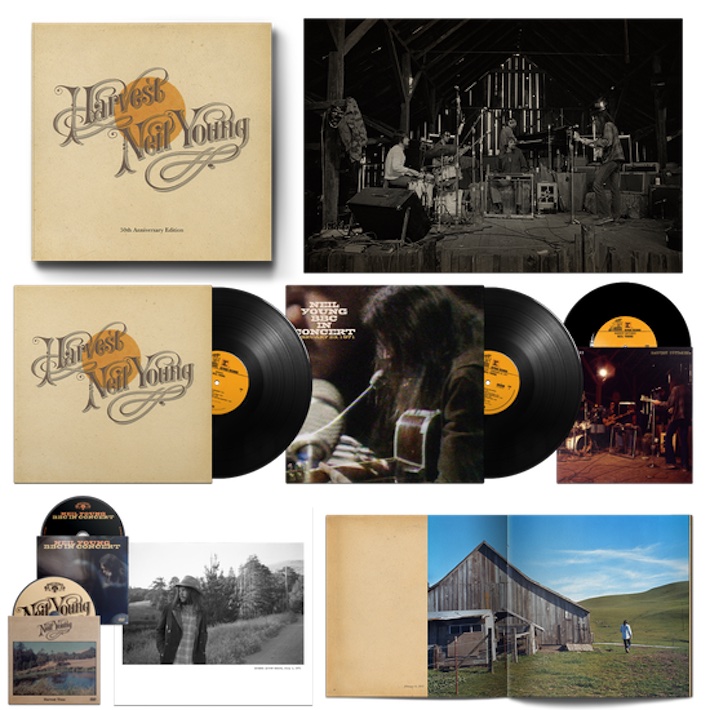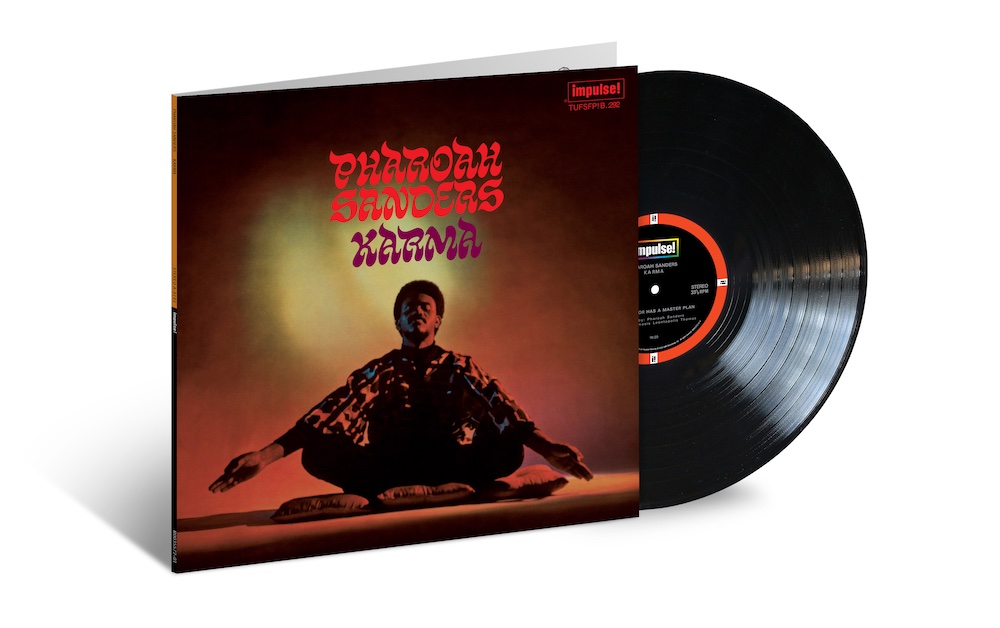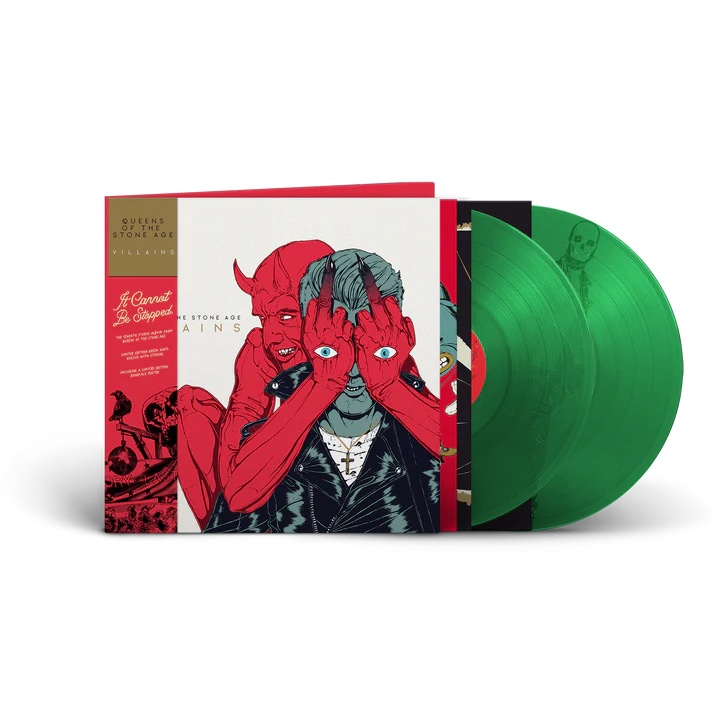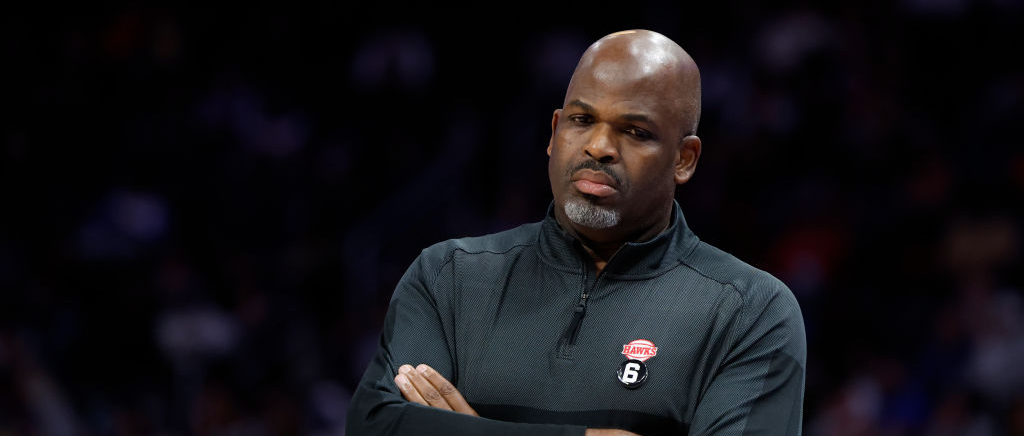
There’s an old adage you’ll often hear in recovery groups:
“We’re only as sick as our secrets.”
The phrase means that a secret kept in the dark grows and becomes more harmful, but when it is exposed in the light of day, its power is lost.
However, that saying only refers to the dark secrets we keep. What about the nice things we do for others without ever telling anyone? When we hold onto the positive things we’ve done for others does it make us happier because we did something without ever asking for credit?
Does doing good things in secret lead to a positive cycle of doing more and more good?
A Reddit user named @Toadsaged posed a question to the AskReddit subforum that was a bit of a departure from the usual conversation. People frequently ask people to reveal their darkest secrets on Reddit. But for a change of pace, @Toadsaged asked people to share the good things they’ve done without telling anyone.
“Instead of a dark one, what wholesome secret are you hiding?” @Toadsaged asked.
A lot of the responses were people sharing how they have anonymously helped friends, family members and neighbors who have fallen on hard times but may be too proud to ask for help. The responses are great because they show creative ways that people can help one another without making it known.
It’s also a reminder that there are a lot of people out there doing nice things that we never hear about.
Here are 17 of the best wholesome secrets that people have been hiding.
1.
“My stepmother doesn’t know she’s going to spend the rest of her life living with my family because I feel a sense of duty to her. My dad wasn’t the best to her, and he drank himself to death immediately after a quadruple bypass. She never got to have kids because he had a vasectomy after I was born, and the reversal didn’t work. The life insurance policy I guilted my dad into getting was only 50k, and it’s gone. My brother completely rejected her as a mother. She’s so happy when she’s with my kids. And a disappointing life has taken its toll on her. I want her final years to be easy and happy, to feel like she has a family that is not ruled by alcohol.” — @TheQuietType84
2.
“Every time my grandmother gave me money or paid me for doing her a favor, I always slipped the money back into her purse or hid it in her house when she wasn’t paying attention. Sometimes when I had no choice but to leave with it, I’d trade it for smaller bills and hide it the next time I visited. She never knew. There were a lot of times we’d be talking over the phone or something and she’d get excited because she found money. It’s nothing special, but it’s something that makes me happy. And I know she’s happy giving money when she can so it’s a win-win! Y’all better not tell her either!” — @clumsyally423
3.
“I worked at a KFC for maybe 3 weeks back in 2005. I came out the back door one night after closing the place down to find several homeless guys huddled around the dumpster, digging through it to find the excess food we’d thrown out. That was some haunting shit… so for the rest of the short time I worked there, our excess food didn’t go in the dumpster. I just left it on the back step. Fucking Colonel Sanders could afford to take the hit so those poor bastards could eat a halfway decent meal without having to dig through garbage for it.” — @risenphoenixkai
4.
“Someone close to me is too proud to accept my help so they go to a food pantry. So, I donate their favorite foods to the pantry so it stays stocked with the foods they prefer.” — @Glum_Lab_3778
5.
“I buy hundreds of pounds of birdseed every year and keep all the bird feeders in the windows of the resident’s rooms of our nursing home full. They all love watching the birds and think the facility provides it.” — @WakingOwl1
6.
“Where I live, there is a place called the ‘Blessing Box’ It’s a cabinet where people can drop off canned and dry goods to help feed other families. My wife and I hit some hard times financially and had to rely on the Blessing Box to feed ourselves. Made a promise to myself that if I ever came into some extra cash, I would return the blessing.
Later on, I scored a well-paying temp job and was able to catch up on a lot of bills right before Thanksgiving. Remembering the promise I made, I used my next paycheck to fill the Blessing Box to the brim with a variety of canned goods. Everything a family would need for the holiday. A few days later, the Blessing Box was featured on the local news and how an unknown donor provided enough food to feed over a dozen low-income families for the holiday. Wife and I have never told a soul that it was us.” — @JQuest7575
7.
“Anytime either of my kids has a school field trip, I anonymously pay for a student that wouldn’t otherwise go due to financial reasons. I was always that kid, sitting in a strange class because my class was off doing something else. It sucked.” — @SnoSlider
8.
“I ‘lose’ cash everywhere. Friends’ places, gently tucked into the booth at restaurants, just on the floor in a public place. I lightly believe in karma, and while it started ironically, I now full-heartedly believe that when I ‘lose’ a few bucks here and there, then that money goes to the person who needs/deserves it. It’s one of the few things I have thought of that has little to no chance of being caught for it. I also do the same with myself. I intentionally ‘forget’ cash in my jacket pockets, then it’s a nice surprise later in life.” — @reynosomarkus
9.
“I got a girl in my class who was my friend a Valentine’s card who never got any attention from guys. I never liked her in that way but wanted her to be happy. No joke she seemed to develop more confidence from that day and got a boyfriend a year later then got married a bit after that and is really happy.
I even heard her talking about it one day in a group setting and how happy it made her, and I had to stay really quiet because I wanted it to stay special for her.” — @GroundbreakingMud537
10.
“I finished cancer treatments last spring and my work was extremely generous financially throughout the process. A sporting event was used as a fundraiser and I received $1200. Since I was almost done with treatment and bills were caught up, I gave $1000 to a student in my daughter’s class who is fighting cancer too. I left it anonymously for her to pick up at school. Her mom posted a thank you on her FB page, but no one knows it was me.” — @Puzzled-Mushroom8050
11.
“I often buy my friends tickets to concerts or movies and just say that I happened upon a free ticket and ask if they want to come. I never tell them I bought it just because I want them there and they couldn’t afford to go!” — @Fedjito
12.
“I had recently moved into my own apartment in Manhattan after graduating and getting a very nice job on Wall St. Every Friday everyone would go dashing to the bars for Happy Hour but I’d respectfully always decline. I was a volunteer at a hospice home where I’d read, feed or just spend time with the residents there. I had been volunteering there for about 2 years and sadly saw more than a few of the folks I was close to pass away. I still think of the people there though they all must have left our world already since this was a long time ago. I’m certain we’ll all meet again one day.” — @BoujeeMomme
13.
“I bake food, like banana bread, cookies or brownies for the ups/ mail carriers during the holiday seasons since they’re the real Santas. I leave them in a plastic bags in the mamailboxith a little for the mail carrier/ thank you note, For the UPS people I’ll put it in a basket on our front porch with a similar note.” — @DMaddsRads
14.
“I bought a poor kid in my church a left-hander’s baseball glove and left it on the pew where his family sits with no note. He has since told me that it is awesome to have since he only had a hand-me-down riright-handernd he throws left. He’s being raised by his grandmother who doesn’t have a lot of cash and is stubborn about it—if I had left my name, she would have been angry about it and insisted on paying me back.” — @KaleidoscopeWeird310
15.
“Whenever I get a raise, bonus, or if I feel like it, I leave an exorbitant tip and leave immediately after so I’m not caught. Oftentimes it’s over 400% of the bill.” — @aimstothrive
16.
“I send my kid’s birthday/holiday cards from their grandparents every year. They aren’t involved in their lives but I do it in case one day they may want to be. My kids won’t have any ill feelings towards them.” — @morganripley669
17.
“Every Christmas I leave a card with money in it and some gifts at the door of a single elderly woman living alone. I know she struggles financially and must be lonely. I like to think of her feeling like she has a Christmas miracle happening to her once a year.” — @blacktransampinkguy
